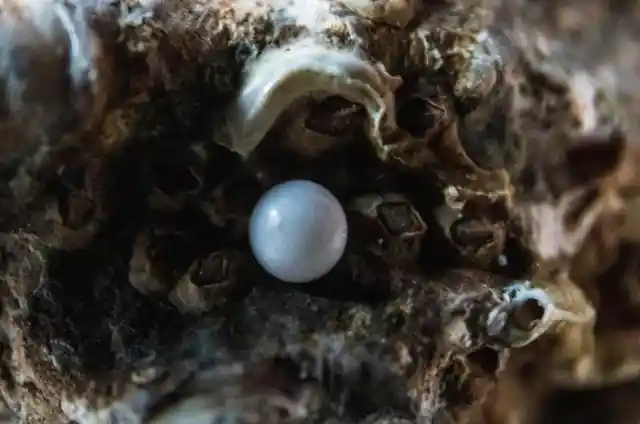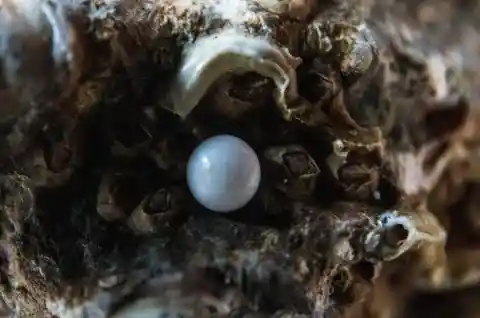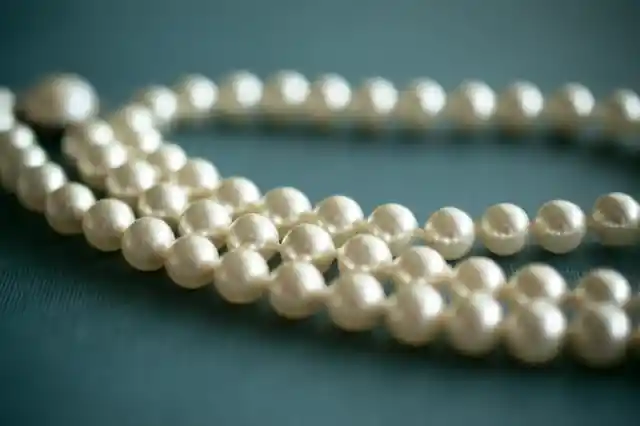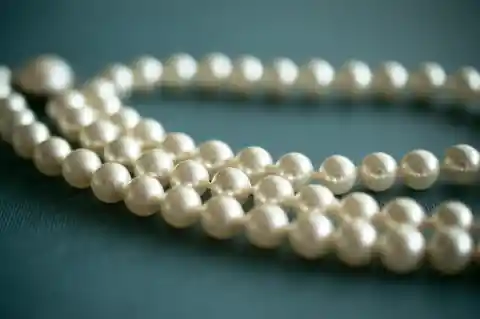We usually imagine pearls as little white spheres strung on jewelry. But what do you really know about them? Here are some fun facts about these fascinating gems of nature.


An Oyster For A Home
The life of a pearl typically starts in an oyster. An oyster’s anatomy consists of a hard exterior shell wrapping around the soft inside parts. To protect it's inside the oyster produces nacre — a mineral substance some known as Mother of Pearl. This mineral is what gives pearls their iridescent effect but it takes multiple layers of it to create an actual pearl. When a foreign body enters an oyster’s inside, it starts coating the uncalled visitor with layers of nacre, ultimately forming a beautifully smooth, round pearl.
Manmade Pearls Are Not The Same
Pearls that weren’t created naturally are called cultured pearls. The cultured pearls industry first started in Japan in the 1800s but hasn’t changed much since. To create pearls, the foreign body is inserted into the oyster manually. In that case, the oysters might also be modified to speed their nacre coating, which will result in a thinner coat, and a lower-quality pearl. It is said that roughly 5% of cultured pearls can rival the wild ones. But the difference is undetectable by the naked eye, which makes cultured pearls extremely valuable as well.
Black Pearls Are A Real Thing
There are several types of black pearls. All of them grow in special types of oysters in the South Sea off the coasts of Tahiti or Mexico. They come in dark colors with bright undertones, are extremely rare, and therefore super pricy.


How To Tell The Real From The Fake
Completely fake pearls are usually made from beads coated in a shiny substance to make them resemble the real deal. To make sure you don’t fall for any counterfeits, try sliding the pearls on your teeth. Real ones will remain smooth while fake ones will have scratch marks.
Not All Pearls Are Shaped Like Marbles
Most pearls aren’t fully round. And if you stumble upon an authentic pearl that is perfectly round, this rare gem could be worth a small fortune. Pearls that aren’t perfectly round are usually mass-produced freshwater pearls. They are a little less glossy than their saltwater variant and come in different colors. Their odd shapes are professionally known as baroque shapes.